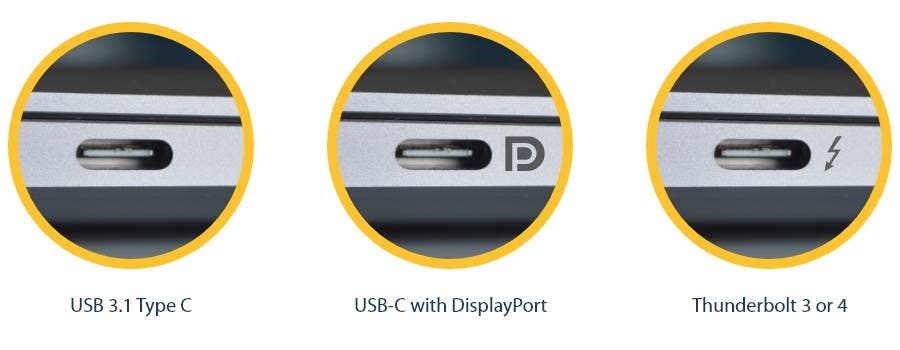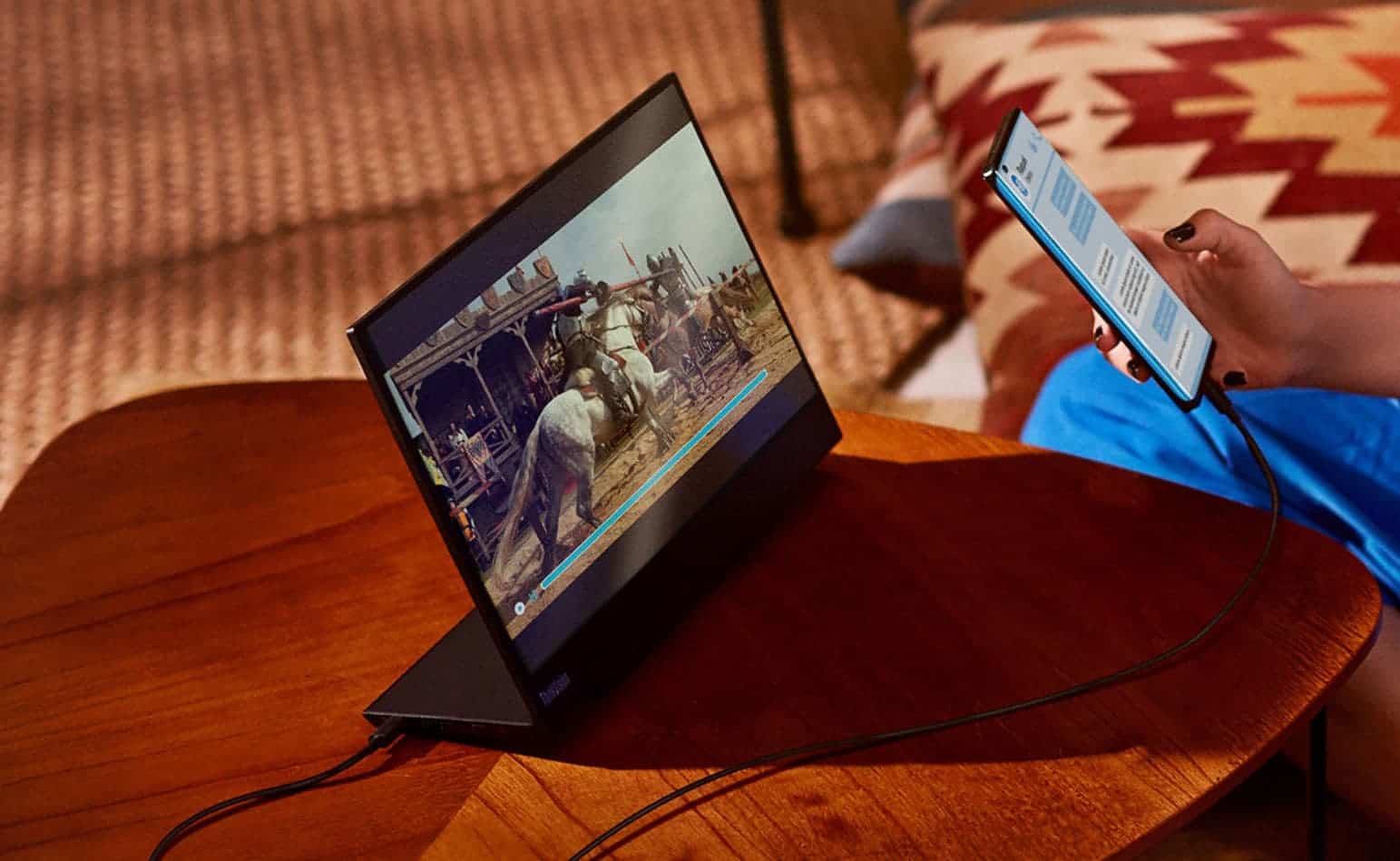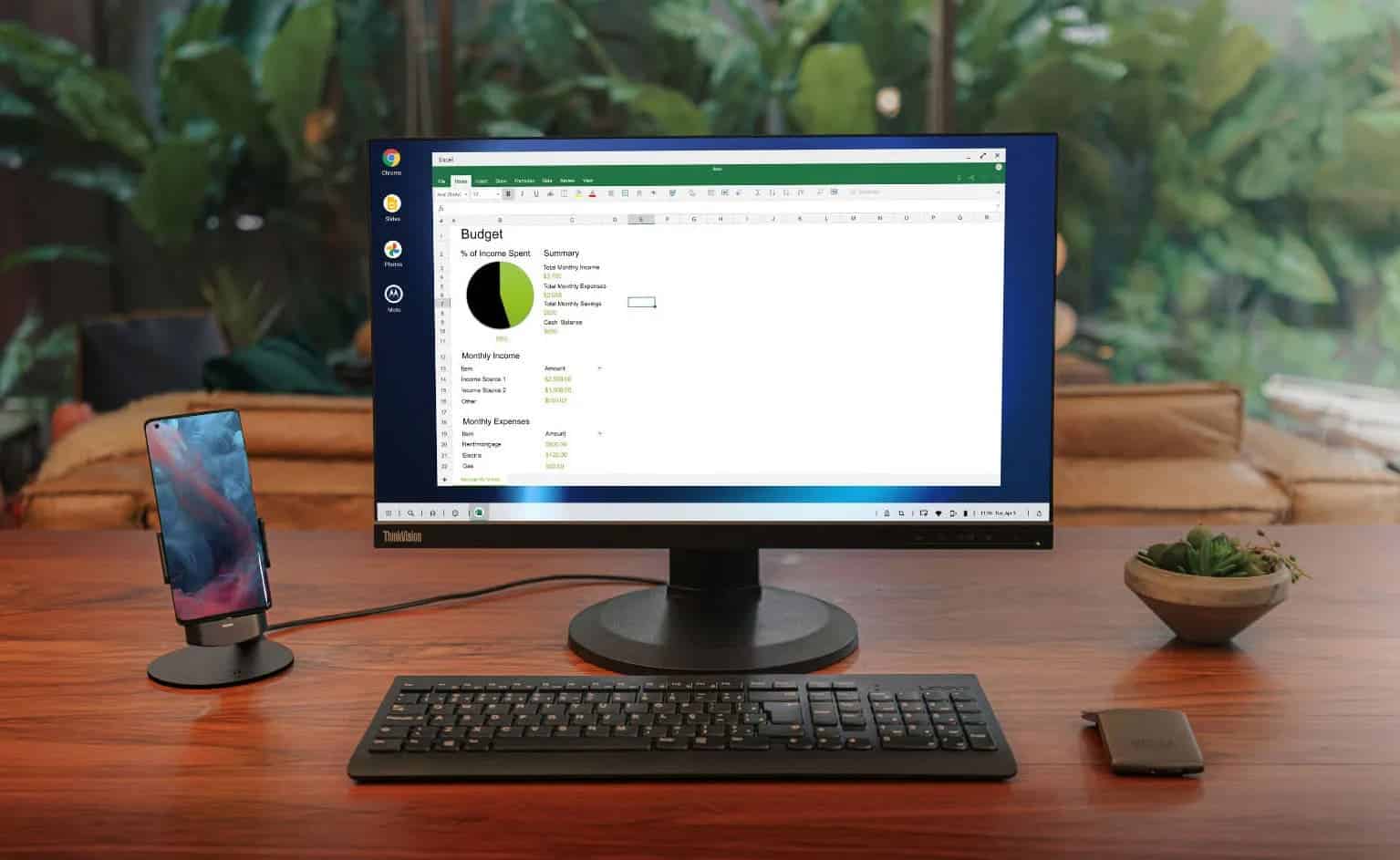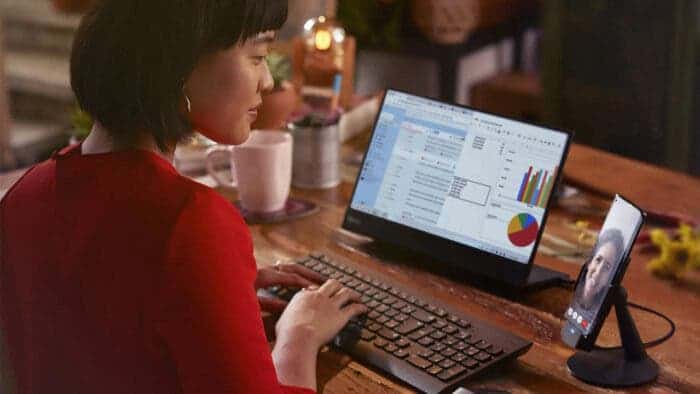With the release of Galaxy S8, Samsung launched DeX. At the core, Samsung DeX is a software platform that lets you extend the functionality of your smartphone or tablet. It basically lets you get a desktop experience from them. Of course, you need to connect them to a display. Google Pixel 8 could potentially offer a similar feature.
Over the last few releases, Google has been slowly but steadily increasing the features of the Pixel lineup. Compared to the Pixel 4, the Pixel 7 comes with more advanced use cases and features. And Google has just dropped extremely versatile devices, which are the Pixel Fold and Pixel Tablet. But Google is not stopping there.
As already revealed, the Google Pixel 8 series will come with Tensor G3 SoC. It’s a chipset that’s more capable than Google’s previous SoCs. And because Google is shaping it up for power users, introducing something similar to DeX makes a lot of sense.
Now, according to an inside source at Google, a DeX-like feature might finally be a thing for the Pixel 8 lineup. Google will basically offer support for USB DisplayPort alternate mode. And that could eventually bring desktop-like software for the upcoming phones.
Understanding USB DisplayPort Alternate Mode
Before talking about the display type feature that might come with Google Pixel 8 series, let’s first understand the DP alternate mode. So, USB-IF first unveiled the USB-C standard back in 2014. While most consumers saw it as a new USB port that’s reversible and somewhat faster, it was more than that.
The USB-IF designed the USB-C to be extendable and more versatile than the regular USB standard. And one key example of extendibility would be the addition of alternate mode support. Basically, USB-C plugs have 12 connectors or 24 if you want to count the ones that are there to offer reversibility.

All these connectors are there to offer high speeds. In addition, they brought support for different applications. Alternate mode, which the Pixel 8 series will utilize, is one of them. The idea is simple: alternate mode takes the need to get dedicated ports that you will only use occasionally. By doing so, it makes USB-C extremely versatile.
And with the DisplayPort alternate mode, USB-C devices can connect to displays without needing any extra adapters. And USB-C DisplayPort alternate mode is not as versatile as ThunderBolt. After all, it does not transmit the PCIe, the same connector used for the PC graphics card. But it’s still a useful option for devices that do not have room for HDMI or a dedicated display port. For example, the Google Pixel devices.
What Can Pixel 8 Use the DisplayPort For?
The inside source at Google did not specifically say what Google would use the DisplayPort alternate mode for. But if you take a look at the code and do some digging, you can find a lot about the upcoming feature of Google Pixel 8.
External Display Support
The most obvious use case for DisplayPort alternate would be to offer support for external displays on Google Pixel 8. This external display support will not be that useful if it does not extend the functionality of the phone. After all, you have casting options, which can wirelessly screen your phone’s display to an external one.

DeX-Like Desktop Mode on Google Pixel 8
A meaningful use case for the DisplayPort support on Google Pixel 8 would be desktop mode. And this concept is nothing new. To be exact, Motorola offered ATRIX barely three years after Google launched Android. Microsoft made many attempts at this too.
But among all, the most successful and widespread implementation is Samsung DeX. Launched in 2017, DeX offers a desktop-like experience that requires nothing but a USB-C cable. Motorola’s latest “Ready For” feature is also a notable one. It does everything that DeX is capable of and adds more functionality to it.

Google can take inspiration from these and work on its own implementation for the Pixel 8 lineup. Of course, if the implementation does not let users enhance their productivity, it would be meaningless. So, if Google is indeed working on a desktop mode, it needs to keep this consideration in mind.
Android 14 Also Hints at a DeX-like Desktop Mode
There’s another piece of evidence that supports the idea of Google working on a Pixel desktop feature. As spotted by Mishaal Rahman, the recent Android 14 beta versions have support for USB-C DisplayPort Alt mode. To be exact, the last versions made a lot of improvements on the desktop mode.
![]()
So, as the launcher code is there in the Android 14 betas, it’s safe to assume that Google is indeed working on it. And as we all know, the Google Pixel 8 series will launch with Android 14. Therefore, Google might finally introduce the feature with the new phones. But we will have to wait and see how Google utilizes it.


